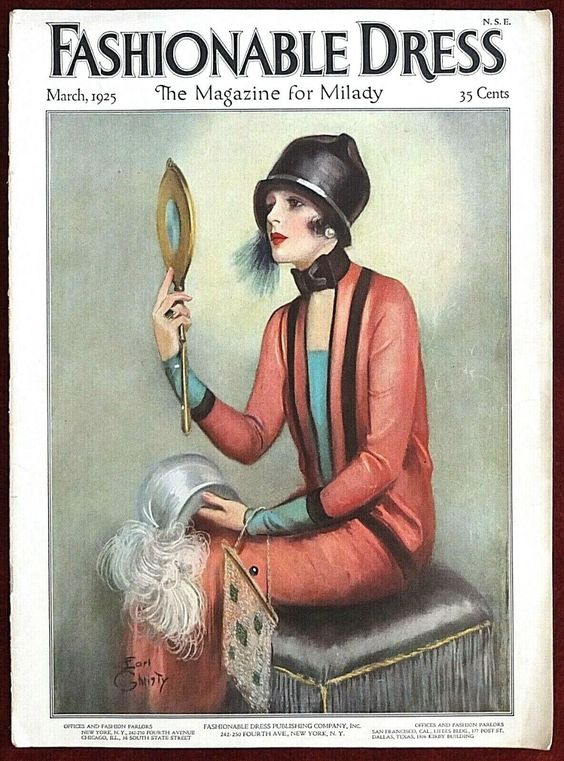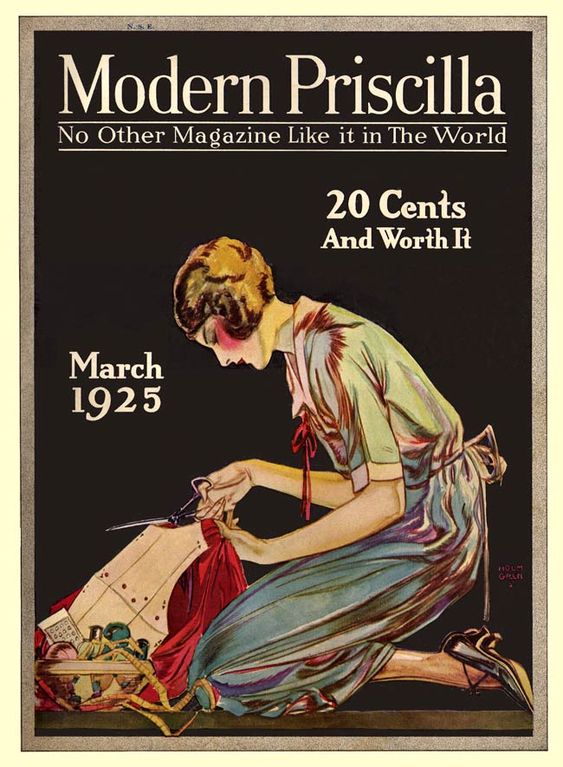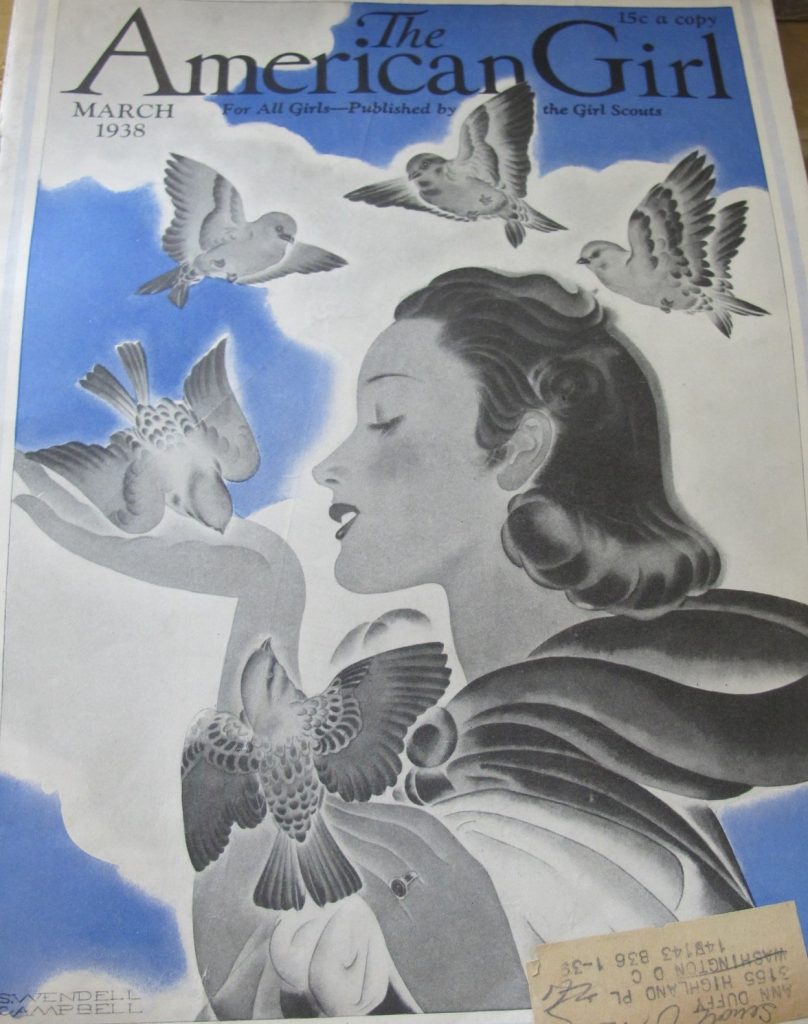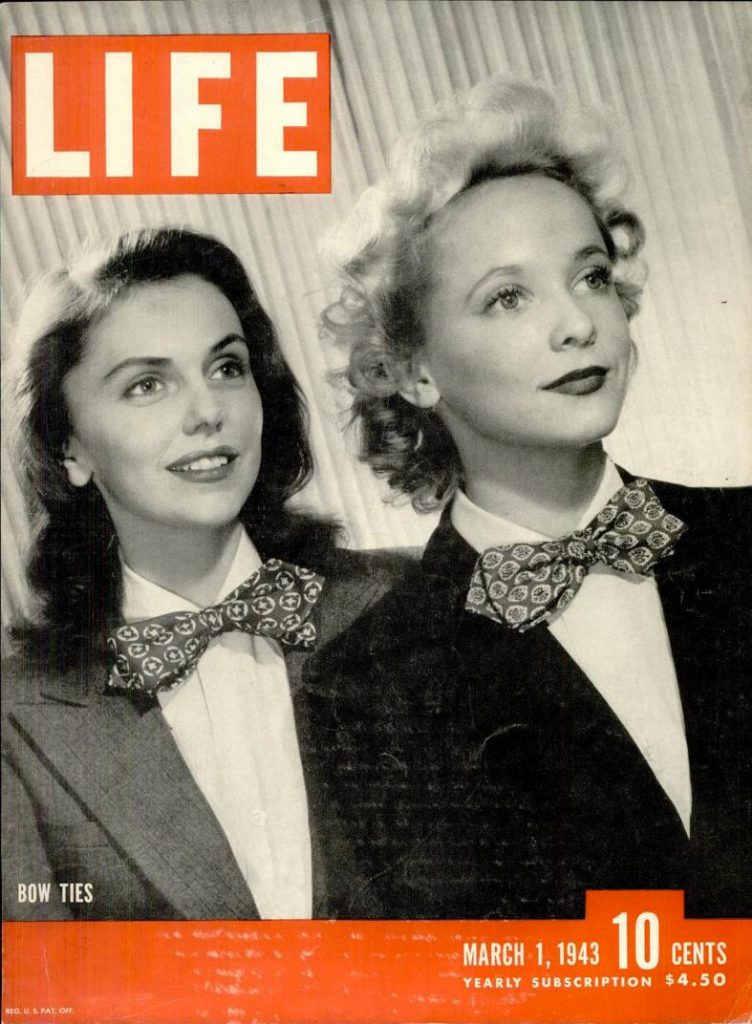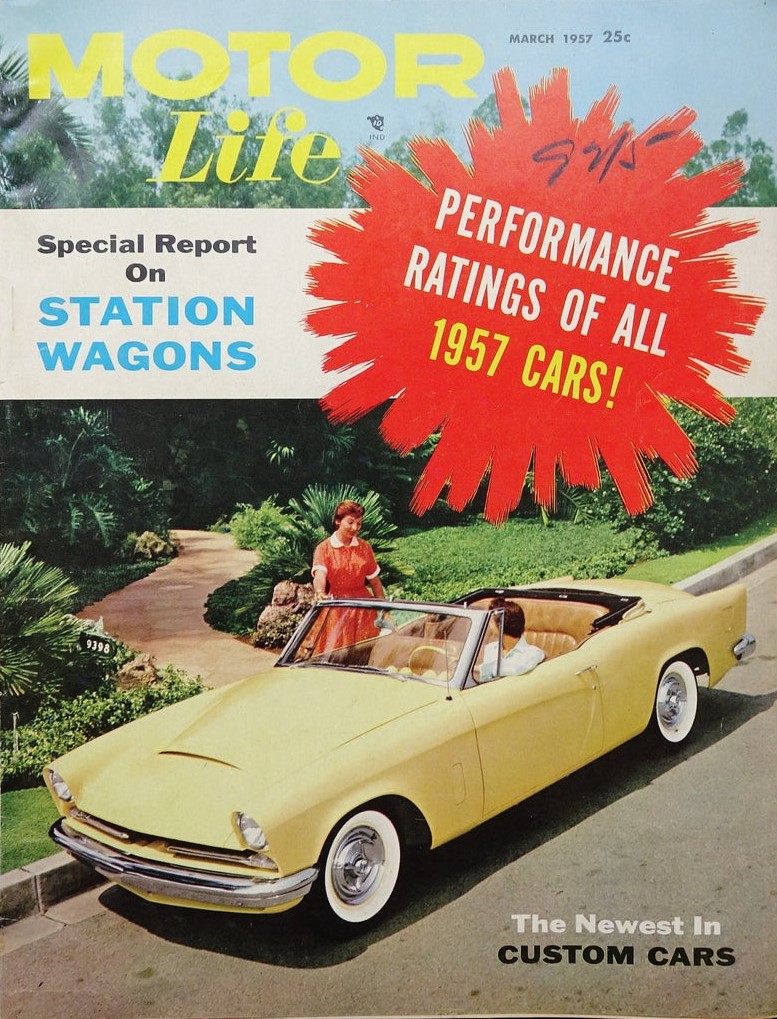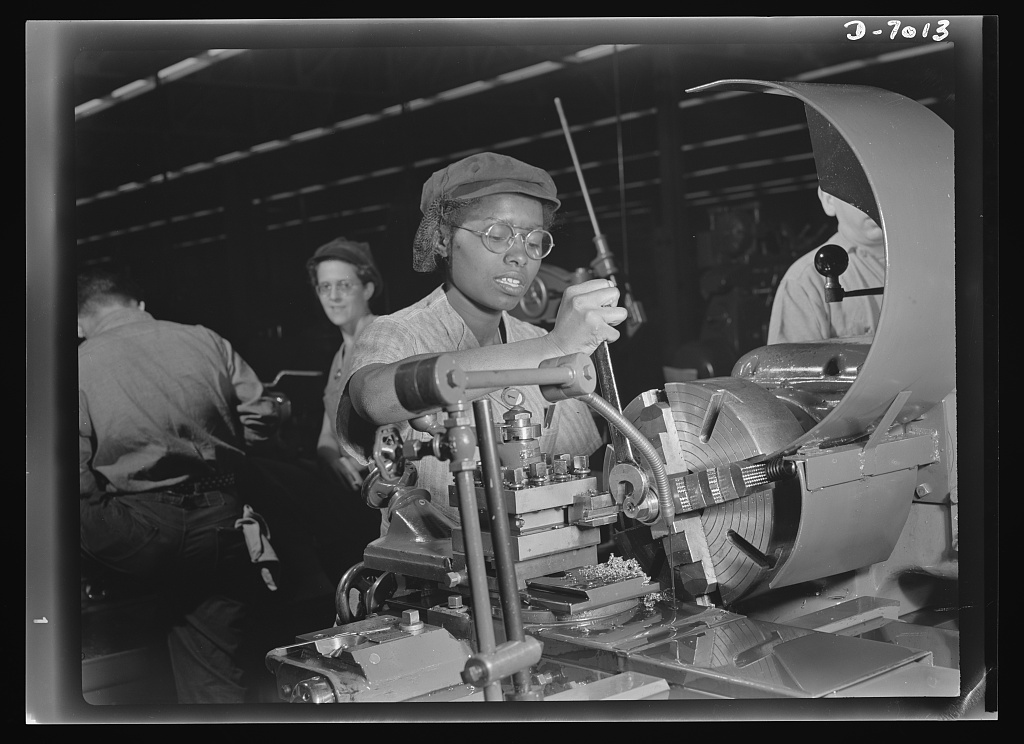So if you are a regular reader of my vintage blog, you know that I have started a “vintage magazine cover” series for each month. It’s been really fun, to see what was popular topics and images on these covers from the 1920s to the 1950s.
Let’s check out March’s Vintage Magazines!
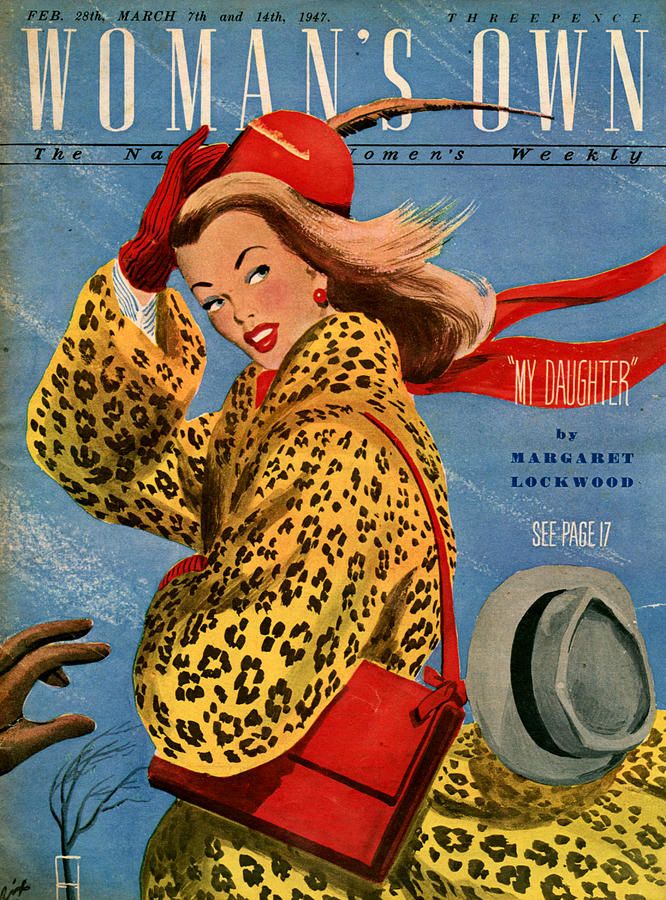
Disclosure: Some of the links on my blog from Etsy , eBay, are Affiliate Links, meaning, at no additional cost to you, I will earn a commission if you click through and make a purchase.
March Magazine Covers
1920’s – 1950’s
Fashionable Dress Magazine: The Magazine for Milady March 1925, featuring 1920s Paris Fashions. Cover illustration by Earl Christy.
Click HERE to see some of the inside.
Source: eBay
Ideal Home Magazine-A Monthly Magazine for Home Lovers, March 1926.

Source: Etsy
March 1925, Modern Priscilla: No other magazine like it in the world.
The Modern Priscilla was an American magazine on needlework, housekeeping, and women’s interests. Publication History. The Modern Priscilla began in 1887.
Source: Pinterest
1932 March Fashion Service Magazine featuring a stylish 1930s bride a beautiful 1930s spring dress.
This magazine was produced by the Woman’s Institute of Scranton, Pennsylvania and served as a supplement for the students of the sewing, millinery and cooking correspondence courses they offered. The instruction materials for those courses covered general garment construction, while the fashion service magazines offered a more specific, timely view of current fashions and how to make them (Source).
Source: Etsy
The American Girl Magazine, March 1938. “For all girls ~ Published by the Girl Scouts”.
Source: Etsy
Delineator March 1935. Featuring Newest Spring Fashions, Smartest Butterick Patterns.
Source: Etsy
Liberty Magazine, March 7th 1942. Not sure what the girl on the sled has to do with what is inside of the magazine, but it’s still cute!
Source: Etsy
Coronet Magazine, March 1941. COVER TOPICS: My Advice to Churchill, by H. G. Wells. Stuart Cloette. Cover: Color Photograph by Paul Garrison.
Coronet was a general interest digest magazine published from October 23, 1936, to at least March 1971 and ran for 299 issues.
Source: Etsy
1940s Fashion-Bow Ties on Women. March 1st 1943 LIFE Magazine.
Source: Life
Home Chat Magazine, March 22nd 1952. “Another Shop Window Bargain”, a 1950s Housecoat.
Home Chat was a British weekly women’s magazine, published by Amalgamated Press.
Source: Etsy
Home Craftsman Magazine March-April 1951. A Magazine for Practical Home-Owners featuring a Basement Remodeling and decorative wall shelf (as seen on the cover).
Source: Etsy
Motor Life Magazine, March 1957. Special Report on Station Wagons and Performance Ratings of all 1957 Cars.
Source: Etsy
And there you have March’s Vintage Magazine Edition. Let me know what your favourite cover was in the comments section below.
Interested in other posts I have done on vintage magazines? Then check out my archived posts HERE.
Be safe friends!
Liz

